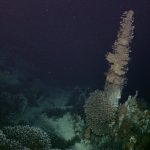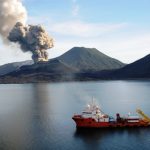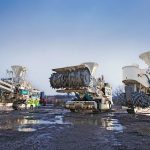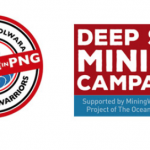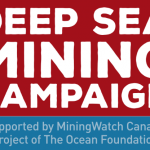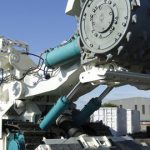Source: Mongabay
Author: David Hutt
An ambitious plan to mine precious minerals from the ocean floor off the coast of Papua New Guinea looks to have run aground due to the developer’s financial problems.
In 2011, the government of Papua New Guinea granted Canada-based Nautilus Minerals a 20-year mining license covering roughly 500,000 square kilometers (193,000 square miles) of the Bismarck Sea, off the country’s eastern coast. The Solwara 1 project was the first in the world to be granted rights for deep-sea mining, whereby enormous machines would dig into the ocean floor, harvesting zinc, copper and gold, and other commodities essential to building electrical equipment.
Continue reading After the loss of a ship, deep sea mining plans for PNG founder


